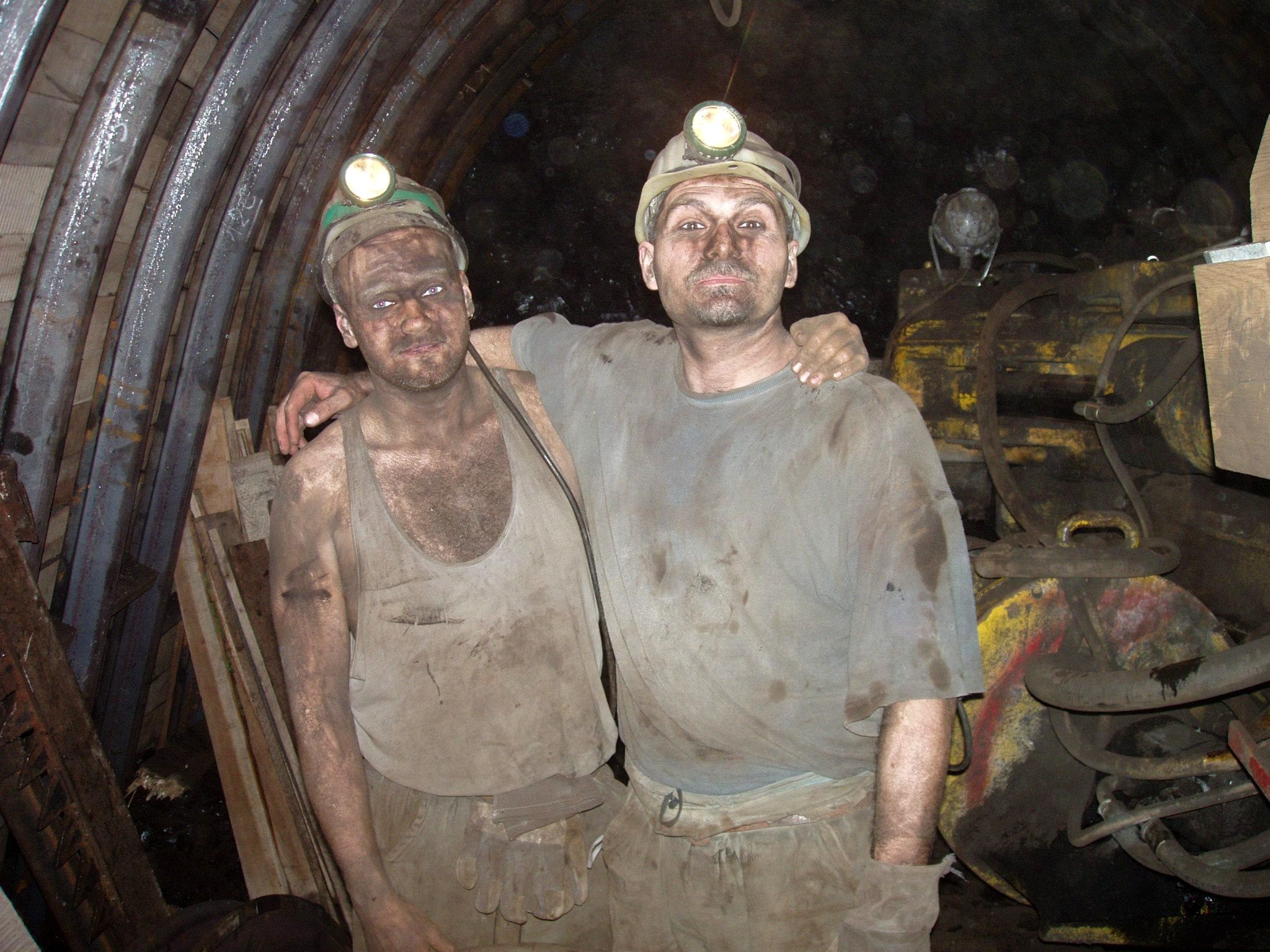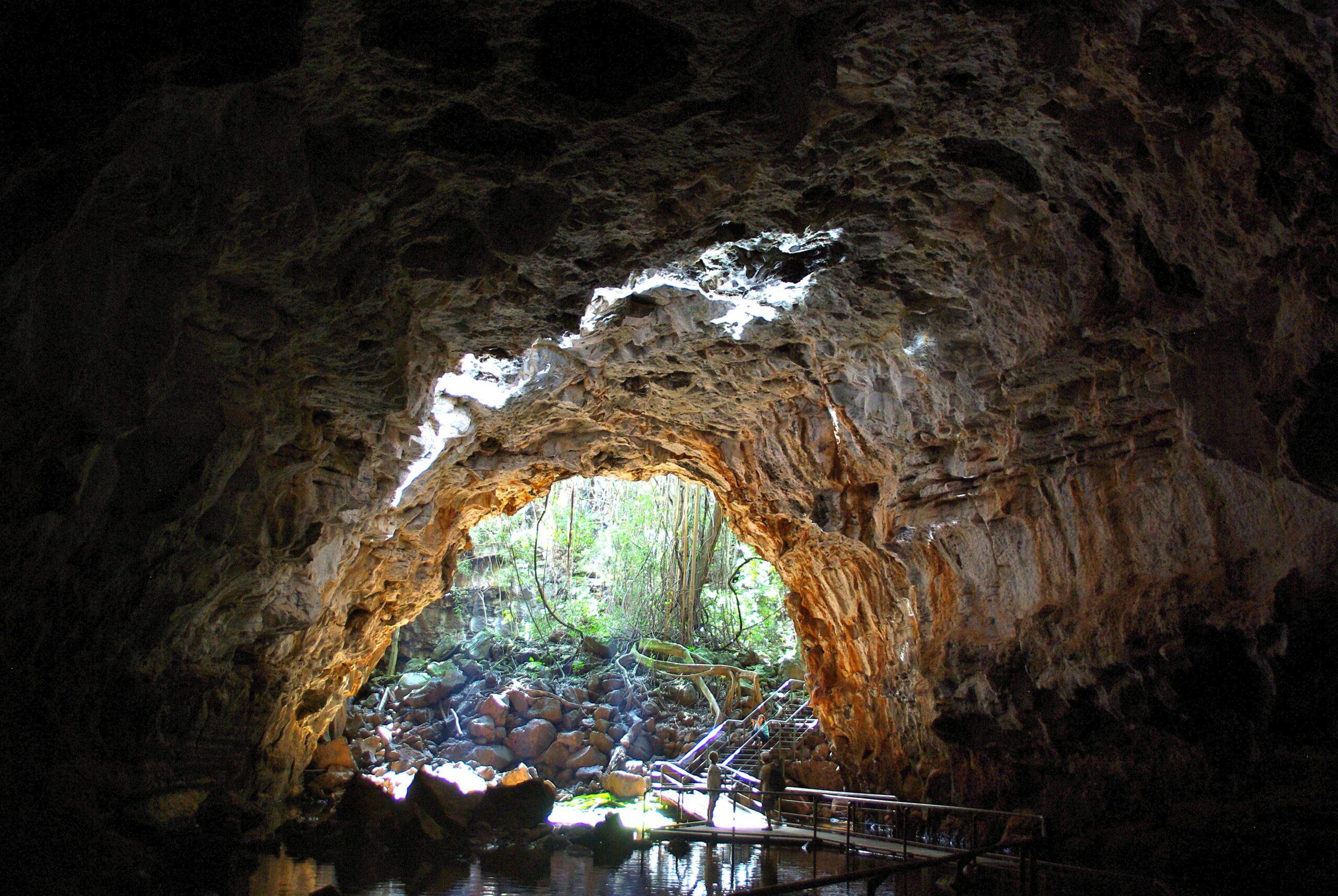Story 3: Difference between Geotech and Rock Mechanics

Continued….. Go to Story 2
In story-02 we understood- what is rock mechanics; and now we will understand how it is connected with geotech. Generally, it seems that geotech and rock mechanics, both the terms are similar or the same; but it’s not. In this chapter, we will also understand why rock strength is not the only parameter that affects stability. What are the other parameters, that affect the stability of rock structure?
After a few days of classroom training, we got a full list of classes for the next 3 months. The coordinator made this list of classes. He included lots of other subjects, i.e. geophysics, environmental engineering, soil mechanics, engineering geology, etc. At that time we were confused, about why these subjects have been included in the list. We are here to gain knowledge about rock mechanics but why has the coordinator included these unnecessary subjects? We thought that 6 months are not required to complete the training which was allocated. They don’t have sufficient content, hence added some additional subjects. But slowly we understood – rock mechanics and geotechnical engineering are not the exactly same thing. Geotech has a bigger scope of areas which includes many earth science-related studies and rock mechanics is specifically the study of the behavior of rock and rock masses.
Let’s understand it with a simple story written through Artificial Intelligence (AI)-
Once upon a time in the land of Engineeringville, there were two neighboring kingdoms: Geotechnicalia and Rocktonia. Each kingdom had its unique expertise and focus, and they coexisted peacefully but didn’t always understand each other’s work.
In Geotechnicalia, the engineers were known for their deep knowledge of the Earth’s materials and their behavior under various conditions. The Geotechnicalians were responsible for designing stable foundations for buildings, bridges, and other structures. They were often consulted when constructing tunnels, dams, and retaining walls, as well as assessing slopes for potential landslides. Their expertise was vital in ensuring the safety and stability of structures and infrastructure.
In contrast, the neighboring kingdom of Rocktonia was home to experts in Rock Mechanics. The Rocktonians specialized in studying the behavior of rocks and rock masses in isolation. They worked with miners, tunneling projects, and the petroleum industry, analyzing how rocks fractured, deformed, and interacted with underground stresses. Their knowledge was essential in ensuring the efficiency and safety of mining operations and underground excavations.
One sunny day, an ambitious engineer from Geotechnicalia named Georgina embarked on a journey to explore the nearby kingdom of Rocktonia. She was curious about their specialized field and hoped to learn from their expertise.
As she crossed the border, she met a friendly Rocktonian named Rocky, who was intrigued by Georgina’s knowledge of soil mechanics and geotechnical engineering. Georgina, in turn, was fascinated by Rocky’s profound understanding of rock properties and mechanics.
Over cups of tea, Georgina and Rocky exchanged stories about their respective kingdoms’ projects. Georgina shared how she had worked on building skyscrapers with strong foundations, while Rocky spoke of his experiences studying rock formations for mining operations.
One evening, as they sat by a campfire, Georgina asked Rocky, “What exactly sets Rock Mechanics apart from Geotechnical Engineering?”
Rocky smiled and began his tale:
“In our kingdom of Rocktonia, Rock Mechanics is like exploring the secrets locked within the Earth’s crust. We study the strength, deformation, and fracture properties of rocks, both in the laboratory and in the field. By understanding these characteristics, we can predict how rocks will behave under different stress conditions and how they might respond to mining activities.”
Georgina nodded thoughtfully and responded, “In Geotechnicalia, we focus on a broader range of materials, including soils, sands, and clays. Our work involves understanding the interactions between these materials and structures, as well as their response to changes in environmental conditions like rainfall and earthquakes. We aim to ensure the stability and safety of various civil engineering projects.”
Rocky chimed in, “Ah, that’s fascinating! It seems we share some common ground in studying material behavior but have different applications.”
As they continued their discussions, Georgina and Rocky realized that their kingdoms’ expertise complemented each other perfectly. They decided to collaborate on a project where they could combine their knowledge to design an underground tunnel passing through both soil and rock formations.
The collaboration was a tremendous success, and the tunnel they built became a symbol of harmony between Geotechnicalia and Rocktonia. The project exemplified how bridging the gap between different engineering disciplines could lead to innovative solutions and safer infrastructure.
From that day forward, the two kingdoms maintained a strong bond of friendship, sharing knowledge and wisdom, and working together to solve complex engineering challenges. And so, the tale of Geotechnicalia and Rocktonia reminds us that collaboration and understanding can lead to remarkable achievements in the realm of engineering and beyond.
So we have understood today- geotech is the combination of Soil mechanics and Rock Mechanics. Obviously there are many more areas of Geotech, but at this stage let’s understand it this way.
Now let’s understand why rock strength is not the ultimate parameter to judge stability.
Let’s consider that you are a bodybuilder and you can lift 100 kg weight very easily, you have strong muscles, biceps, triceps, etc. Now consider a situation, that- one of your body parts is broken or you have a fracture in your bone. Will you be still able to lift 100 kg weight easily?
The answer is – “No”.
Well, now consider one of your body parts is broken but that part is your ‘pinky toe’ (5th small figure of your leg) of your leg. Then obviously it will not have that much effect on your body strength and you can still lift 100kg.
Well, now consider another situation, your ‘pinky-toe’ is broken but your doctor has not fixed it perfectly and you have tremendous pain in that figure, and due to the pain you have a high fiver, then will you be able to lift 100kg? Maybe NO.
As you can see here the same person with the same strength has different power in different conditions. Exactly the same is applicable to rock also. No rock on this earth is completely solid. Every rock has at least some fractures or discontinuities and that is why we call it rock mass. Solid rock is an imaginary and theoretical term. All rock/rock masses have discontinuities. From the above example, you can understand that- based on the different conditions of fractures the same entity (here it is a rock) can have different stability conditions.
The most critical and major parameter which affects the stability of rock structure is discontinuity. The condition of discontinuity. We have to understand- how many sets of discontinuities are there inside a rock mass (now you have understood the difference between rock and rock mass). We have to understand the condition of discontinuity, and there are many other parameters of discontinuity that we’ll understand in the next chapter.
You can watch this video on discontinuity survey in geotech How to Perform Discontinuity (Joint) Survey of Rock Mass | Scanline Method



